Ever wondered why your favorite fleece jacket feels so cozy and warm, even on the coldest winter days? It’s all thanks to the magic of polar fleece!
What is Polar Fleece Fabric Made Of? Let’s delve into the science behind this versatile and beloved fabric.
What is Polar Fleece Fabric?
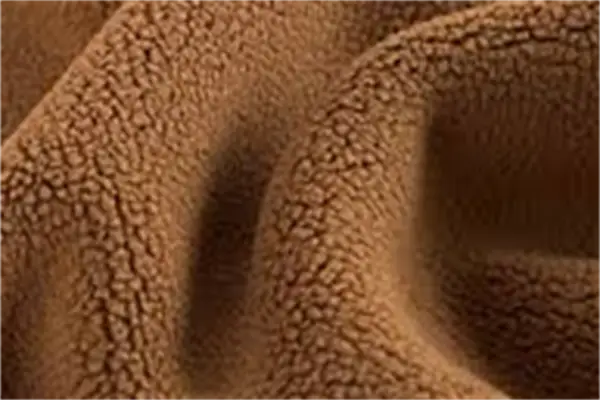
Polar fleece fabric is a highly popular and versatile textile that has revolutionized the way we stay warm and comfortable. It is a synthetic fabric, primarily composed of polyester fibers. These fibers are engineered in a way that gives polar fleece its unique set of properties.
Its most notable feature is its excellent insulation ability. The structure of the fabric allows it to trap air, creating a layer of warmth that effectively shields against cold temperatures. This makes it a go-to material for winter clothing such as jackets, sweaters, and scarves. It’s also widely used in home decor, with cozy throws and blankets adding a touch of comfort to living spaces.
In terms of texture, polar fleece is soft to the touch, providing a pleasant tactile experience. It is lightweight compared to traditional warm fabrics like wool, which means it’s more comfortable for prolonged wear and easier to carry around. Additionally, it is durable and can withstand frequent use and washing without losing its shape or softness.
Thanks to its versatility and functionality, polar fleece fabric has found applications not only in daily wear and home decor but also in outdoor gear like sleeping bags and tents. It has truly become an essential fabric in modern life, adapting to various needs and enhancing our comfort in multiple ways.
What is Polar Fleece Fabric Made Of?
The Core Component: Polyester Fibers
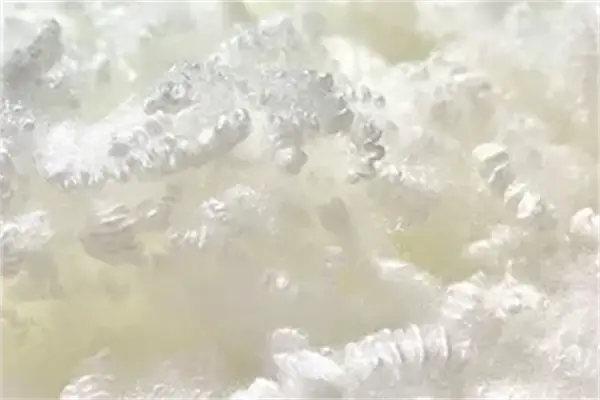
Polar fleece fabric predominantly consists of polyester fibers. These synthetic fibers are the foundation of its unique properties. Polyester has a molecular structure that enables it to trap air effectively. This air-trapping quality is what gives polar fleece its excellent insulation capabilities, making it a top choice for keeping warm in cold weather. Chemically, polyester is highly resistant to degradation, which translates to the fabric’s remarkable durability. It can withstand repeated washing and wearing without losing its shape or softness, ensuring a long lifespan for products made from it.
Supplementary Additives: Enhancing Functionality
In addition to the main polyester component, polar fleece often contains small amounts of other additives. One such additive is the anti-static agent. In dry environments or during activities that cause friction, like taking off a fleece garment, static electricity can build up on the fabric. This not only leads to an uncomfortable shock but can also damage sensitive electronic devices.
Anti-static agents work by dissipating this static charge, providing a more comfortable and safe user experience. Another common additive is the softening agent. It modifies the surface of the polyester fibers, imparting a luxurious softness to the fabric. This makes polar fleece even more pleasant to touch and wear, enhancing its overall appeal.
Production Process: Shaping the Fabric
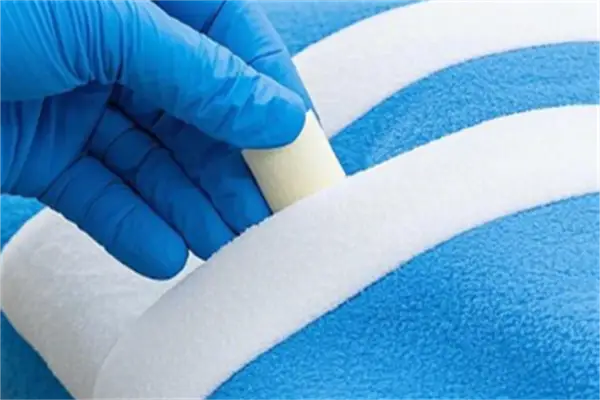
The production of polar fleece fabric is a complex process that further refines its composition. It begins with polyester chips being melted and extruded through tiny holes called spinnerets to form fine filaments. These filaments are then drawn and textured to improve their strength and softness. During this stage, precise control of temperature, pressure, and chemical additives is crucial. For example, altering the temperature during texturing can influence the density and fluffiness of the fabric, directly affecting its insulation and tactile properties. Additionally, post-processing steps like brushing and shearing are carried out to give the fabric its characteristic texture and appearance. Overall, the production process plays a vital role in optimizing the final qualities of polar fleece fabric.
Why is It So Warm?
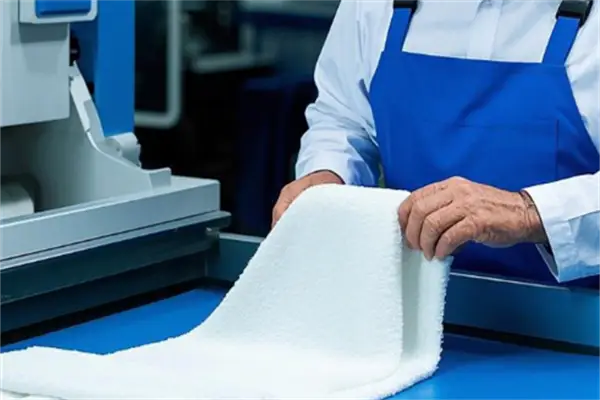
Polar fleece fabric is known for its excellent warmth retention, and there are several reasons behind this. Firstly, its structure plays a key role. The fibers, which are primarily composed of polyester, are designed to trap air. The countless tiny air pockets within the fabric act as an insulator, preventing body heat from transferring to the colder environment. This is similar to how double-glazed windows keep heat inside a room.
Secondly, its thermal properties are further enhanced by the manufacturing process. During production, the fabric is textured in a way that maximizes air capture. Brushing and shearing techniques create a fuzzy surface that increases the surface area for air to cling to.
Additionally, polar fleece has a more consistent and denser structure than some natural fibers. It is less likely to let cold air penetrate, ensuring you stay comfortable. Whether you’re out skiing or taking a walk on a chilly day, polar fleece wraps you in a cocoon of warmth, making it a favorite for cold-weather wear and cozy home accessories.
What is Polar Fleece used For?
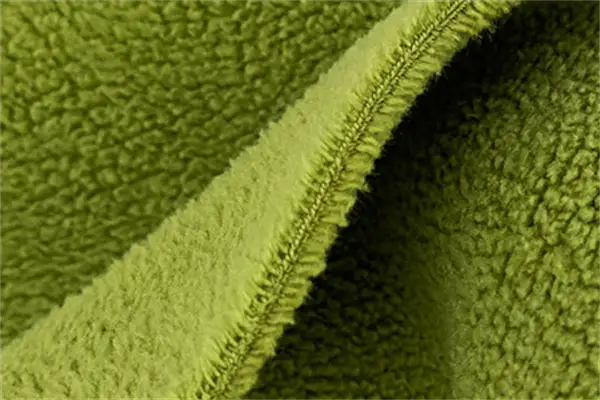
Fashion: Keeping Style and Warmth
Polar fleece is used in a multitude of ways due to its remarkable qualities. In the realm of fashion, it’s a staple for cold seasons. Jackets made from polar fleece offer great insulation, keeping the wearer warm during winter strolls or outdoor activities. Sweaters and scarves crafted from it are not only cozy but also stylish, adding a trendy touch to any outfit.
Home Decor: Creating Cozy Spaces
For home decor, it serves to create a warm and inviting atmosphere. Cozy throws and blankets are perfect for snuggling up on the couch while watching TV or reading a book. Pillow covers made of polar fleece add a soft touch to living rooms and bedrooms.
Outdoor Adventures: A Reliable Companion
In outdoor pursuits, its uses are extensive. Sleeping bags lined with polar fleece provide a comfortable and warm sleeping experience during camping trips. Tents often incorporate it for added warmth and insulation. It’s also used in backpacks and gear covers to protect equipment from the elements while maintaining a lightweight profile.
Conclusion
In conclusion, polar fleece undoubtedly holds an important place in our modern lives. Its combination of warmth, softness, durability, and versatility make it a material of choice across multiple industries.
As technology and manufacturing processes continue to advance, we can expect more improvements in polar fleece. Whether through the development of more sustainable production methods or the creation of novel textures and patterns to meet changing aesthetic needs, polar fleece will continue to be at the forefront of textile applications. If you want this kind of fabric, please contact us.
